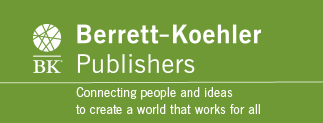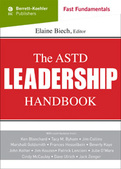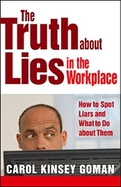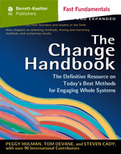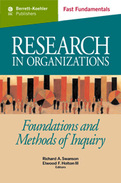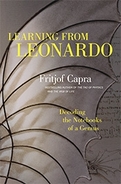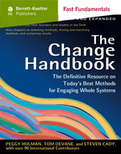Search Results: ""
Results 625-630 of 1358
It's critical to catch workplace lies before they snowball into something catastrophic, but most of us have no clue about how to spot a liar.
You Work with a Bunch of Liars—Learn What to Do About It Sure, everyone tells little white lies now and then, but real deception in the workplace is a poison that can destroy relationships, careers, and companies. Carol Kinsey Goman, a leading workplace body language expert, combines her own experiences with the latest research to identify fifty subtle physical and vocal cues that will enable you to spot destructive workplace lies. She analyzes the role we play in supporting lies—how our own vanities, desires, self-deceptions, and rationalizations allow us to be duped. And once you detect a lie, she provides tactical advice on how to respond, whether the liar is above, below, or on the same level as you—even if it’s your boss. “Lying in the workplace causes huge problems for business—the proper people do not get promoted, profits are generally compromised, wrong steps are made, and much more. This book should be a best seller.” —Robert L. Dilenschneider, President and CEO, The Dilenschneider Group, and author of Power and Influence and A Briefing for Leaders “After 30 years in the training and development industry, I have come to trust Goman’s expertise in body language and nonverbal cues in the workplace. I would recommend this book to any leader working to improve culture and effective communication within his or her organization.” —Margie Mauldin, President, Executive Forum “Goman’s book sheds light on a phenomenon in business that too many of us prefer to [pretend] doesn't exist: deception. A must-read for emerging and established leaders alike.” —JD Schramm, EdD, Director, Mastery in Communication Initiative, Stanford University Graduate School of Business
Obviously, we can't all be geniuses on the scale of Leonardo da Vinci. But by exploring the mind of the preeminent Renaissance genius, we can gain profound insights into how best to address the challenges of the 21st century.
Leonardo da Vinci was a brilliant artist, scientist, engineer, mathematician, architect, inventor, writer, and even musician—the archetypal Renaissance man. But he was also, Fritjof Capra argues, a profoundly modern man. Not only did Leonardo invent the empirical scientific method over a century before Galileo and Francis Bacon, but Capra’s decade-long study of Leonardo’s fabled notebooks reveal him as a systems thinker centuries before the term was coined. He believed the key to truly understanding the world was in perceiving the connections between phenomena and the larger patterns formed by those relationships. This is precisely the kind of holistic approach the complex problems we face today demand. Capra describes seven defining characteristics of Leonardo da Vinci’s genius and includes a list of over forty discoveries Leonardo made that weren’t rediscovered until centuries later. Leonardo pioneered entire fields—fluid dynamics, theoretical botany, aerodynamics, embryology. Capra’s overview of Leonardo’s thought follows the organizational scheme Leonardo himself intended to use if he ever published his notebooks. So in a sense, this is Leonardo’s science as he himself would have presented it. Leonardo da Vinci saw the world as a dynamic, integrated whole, so he always applied concepts from one area to illuminate problems in another. For example, his studies of the movement of water informed his ideas about how landscapes are shaped, how sap rises in plants, how air moves over a bird’s wing, and how blood flows in the human body. His observations of nature enhanced his art, his drawings were integral to his scientific studies, and he brought art and science together in his extraordinarily beautiful and elegant mechanical and architectural designs. Obviously, we can’t all be geniuses on the scale of Leonardo da Vinci. But by exploring the mind of the preeminent Renaissance genius, we can gain profound insights into how best to address the challenges of the 21st century.
